What can dogs tell us about criminality? With regards to Zach Snyder’s Watchmen, the answer is ‘quite a lot.’
Dogs are used within the film to align the binaries of legality and criminality with humanity and animality. There is a particular focus on the possibilities of transgression, as both the anti-hero and the villain commit crimes which render them animalistic or non-human.
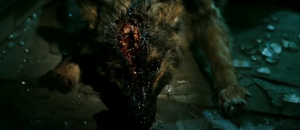
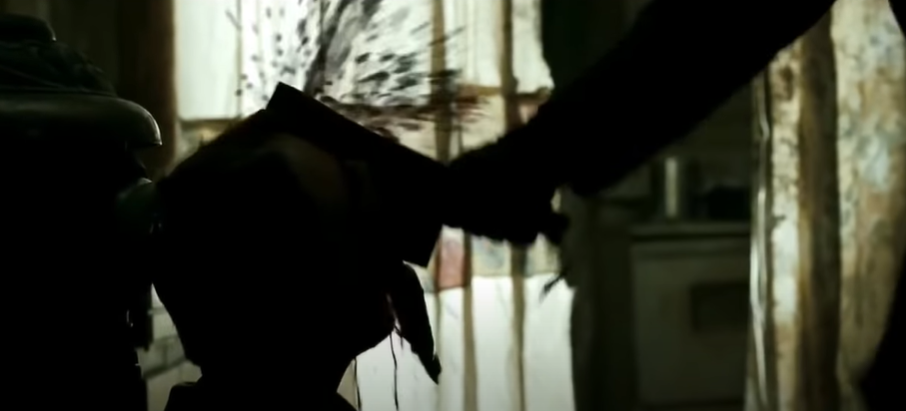
Gerald Grice’s criminality aligns him with a specific view of canine animality as vicious or dangerous, especially as the extent of his crime is exposed through the medium of the German Shepherds, who are shown fighting over the murder victim’s leg.1 This animalisation of Grice is highlighted visually through his death. Prior to murdering Grice, Rorschach shines his torch on the German Shepherd he has killed to threaten him. For several seconds we are shown a close up of this dead dog with its head split open, blood leaking onto the floor. The duration of this shot works against the audience’s desire to look away, and forces them to endure the sense of abjection it produces. The corpse makes us uncomfortable because it contains both life and death, it is ‘the in- between, the ambiguous, the mixed.’2 This prolonged encounter with the corpse leaves the audience feeling uncomfortable with violence and its products, and the film exploits this by having Rorschach attack and brutally murder Grice shortly afterwards. Grice is animalised through his death as he is killed in the same manner and with the exact same implement as the dog, and the wound that remains creates a visual parallel between human and animal. This equivalent representation encourages the audience to view Grice as an animal, which it is easier to do because of his crime and its implied sexual nature; as child sexual abuse is unacceptable in human society, we are hesitant to view its perpetrators as people, and this is where the rhetorics of animality and monstrosity come in.

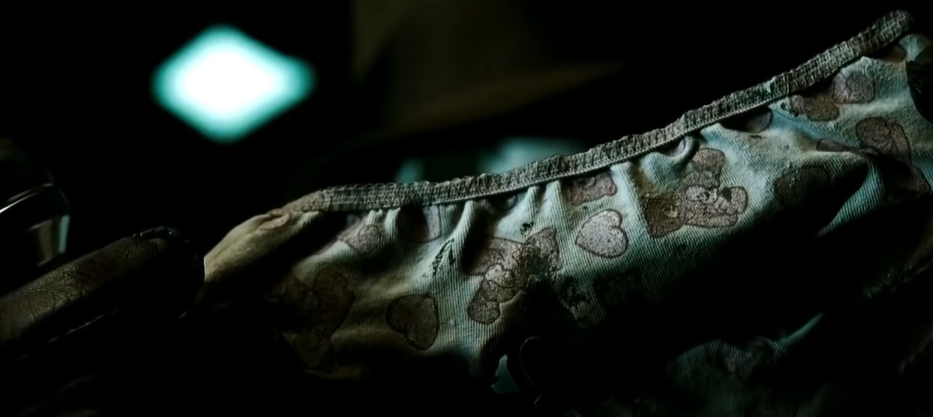
Rorschach goes on to explicitly and verbally describe Grice as a dog when he delivers the line ‘Men get arrested; dogs get put down.’ This clearly suggests that the nature of Grice’s crime is what renders him an animal in Rorschach’s eyes, thus stripping him of the protection of the law which he extends to men only. Worryingly, many viewers seem to accept Rorschach’s view that Grice is an animal whose execution does not require a trial, as shown by some of the YouTube comments below which openly endorse his actions. Interestingly, there are also a few comments condemning Rorschach’s execution of the dogs (though not of Grice) and I would like to explore this issue further, as I think Rorschach undermines his own argument here. Grice is placed in the same category as dogs and is murdered or ‘put down’ because of his crime, but the dogs themselves did not actively participate in this, nor can they be attributed any intentionality in destroying the evidence, as they simply ate what they were given. The dogs, though associated with the crime, are innocent, so their deaths do not seem just. By incorporating this needless killing of innocent beings, Zach Snyder draws the audience’s attention to one of the main arguments against the death penalty, as well as calling into question the right Rorschach has assumed as a vigilante to decide who lives or dies. Although Grice is guilty whereas the dogs are not, Rorschach’s decision to take their lives closes them all off from any possibility of being rehabilitated. The dogs are not ‘dangerous man-eaters’ because it is in their nature, but because of how they were nurtured, and therefore they could potentially be retrained and rehomed. The film seems to suggest that the same could be said of Grice; he is not inherently evil, and could be rehabilitated by serving time in prison, as he would have done if Rorschach had acted in accordance with the law.




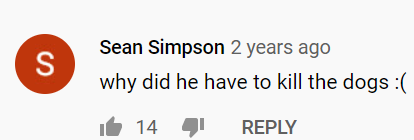

Figure 5: A series of YouTube comments from the video above exploring the ethics of animal/human execution.
Rorschach’s engagement with criminality also invites the audience to view him as non-human, though not explicitly as an animal. At the beginning of the scene, Rorschach is separated from the dogs by a physical barrier, the metal fence, suggesting a boundary between human and animal, and criminal and non-criminal. Rorschach crosses this as he enters into the domestic space occupied by dogs and criminals, where the actions he takes align him with them. This is evident towards the end of the scene, when he reflects on the incident and states ‘Whatever was left of Walter Kovacs died that night… From then on, there was only Rorschach.’ As Rorschach is born, Kovacs ceases to feel any guilt or hesitation, overcome by his sense of righteousness and justification. As he abandons legality for a criminal form of perceived justice he also abandons his humanity, becoming aligned with the animal in the sense that he is no longer bound by moral or legal strictures, and is free to act purely upon his own instincts.
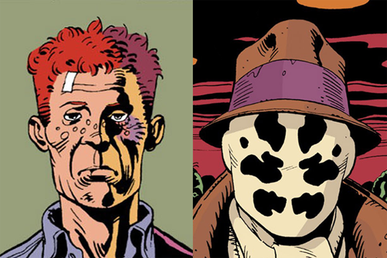
1 Oxford English Dictionary, ‘dog, n.1’, OED Online, 2020 <https://www.oed.com/viewdictionaryentry/Entry/56405> [accessed 16 December 2020].
2 Julia Kristeva and John Lechte, ‘Approaching Abjection’, Oxford Literary Review, 5.1 (1982), pp. 125-49 <https://www.jstor.org/stable/43973647> [accessed 21 December 2020] (p. 127).
Bibliography:
Kristeva, Julia and John Lechte, ‘Approaching Abjection’, Oxford Literary Review, 5.1 (1982), pp. 125-49 <https://www.jstor.org/stable/43973647> [accessed 21 December 2020]
Oxford English Dictionary, ‘dog, n.1’, OED Online, 2020 <https://www.oed.com/viewdictionaryentry/Entry/56405> [accessed 16 December 2020]
VideoAddiction, Men Get Arrested, Dogs Get Put Down – Watchmen-(2009) Ultimate Cut Movie Clip Blu-ray HD, online video recording, YouTube, 29 November 2016, <https://www.youtube.com/watch?v=jI3Szy_jrP8> [accessed 23 October 2020]
Woods, Rebecca, ‘The boarding school ‘monster’ who always walked free’, BBC News, 2020 <https://www.bbc.co.uk/news/extra/ztdfudx91d/the-boarding-school-monster-who-always-walked-free> [accessed 21 December 2020]